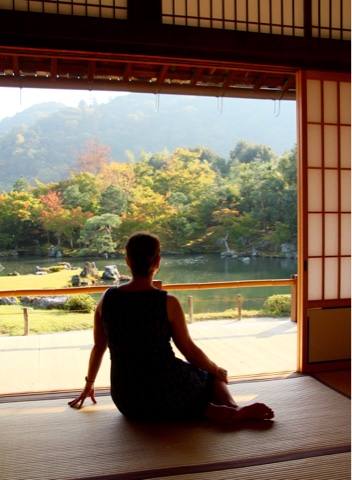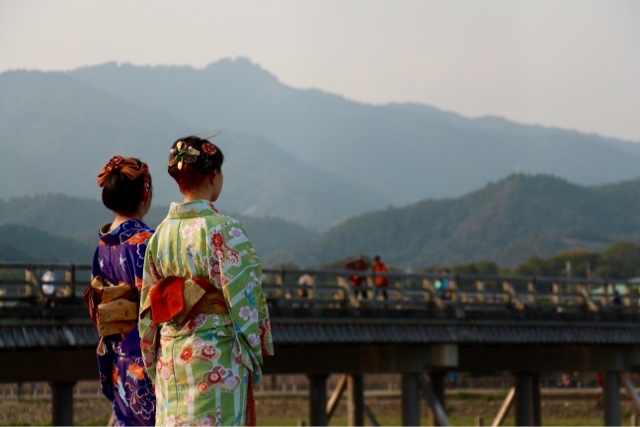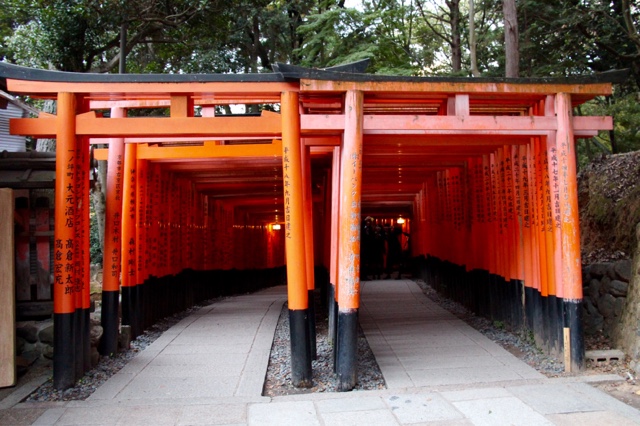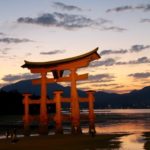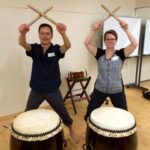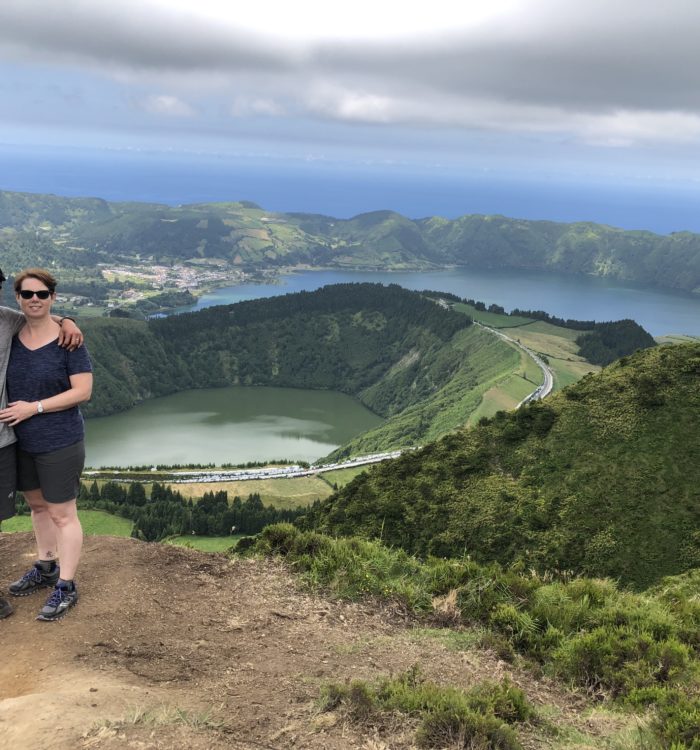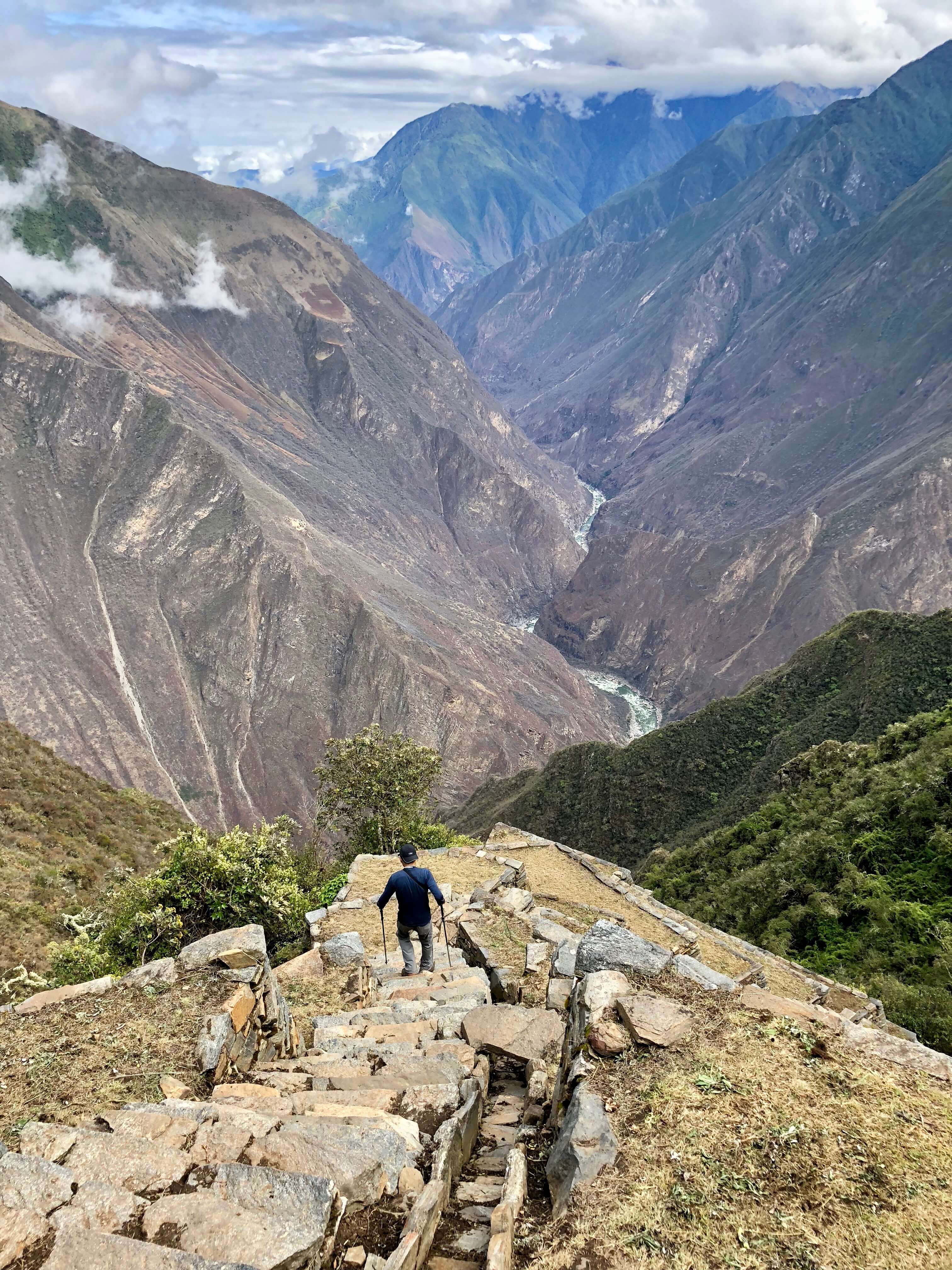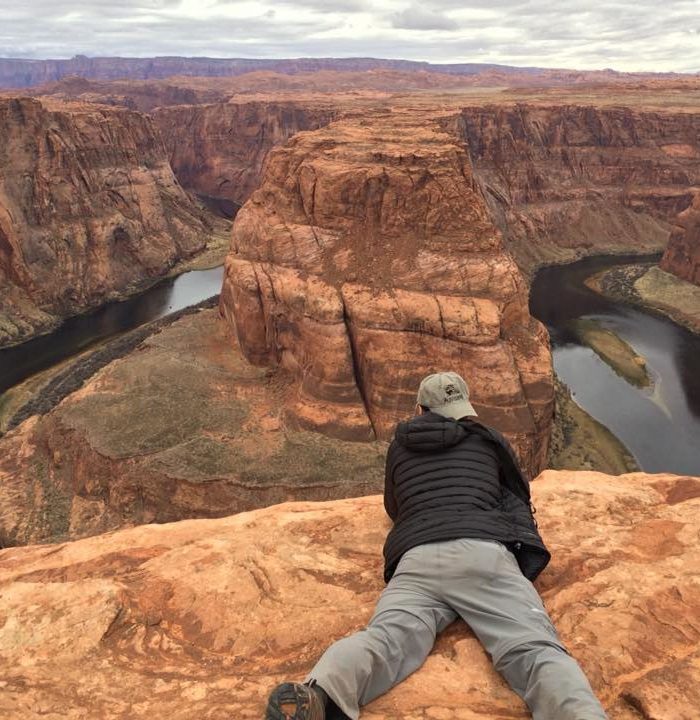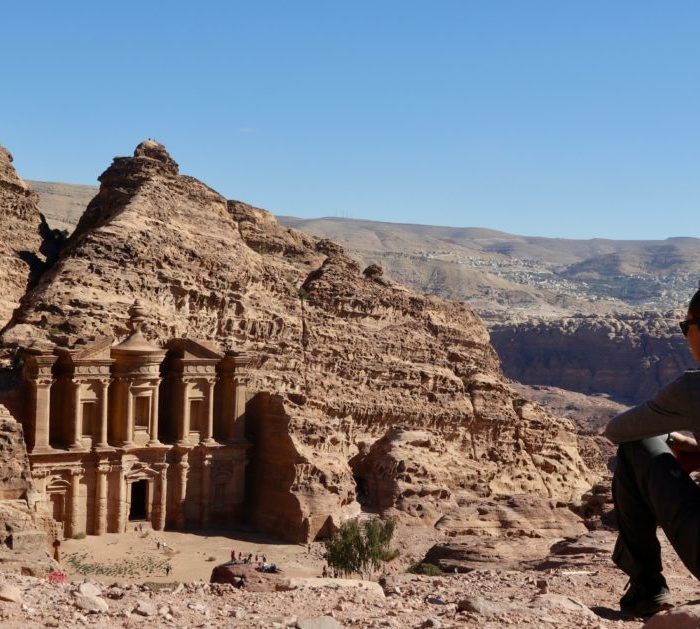This is the hardest entry to write. We’ve only a few days left, having just left Kyoto for Osaka. After Kyoto anything else in Japan already feels anti-climatic.
Our minds are also elsewhere….Myanmar and home as Trish soon hits the eject button and we separate for at least two months.
Where Tokyo is brash and worldly, Kyoto is pocketed with elegance and grace. It’s not a walking museum like many European cities. In fact it looks unremarkable at first few impressions. But for over 1000yrs it was Japan’s capital, so it’s blessed with sublime ancient sights that will leave you gasping in awe. The subtle beauty, the search for refinement and perfection, the understated aesthetics—this is the epicentre.
We rented an apartment in the west end in Arashiyama (till we got sick of sleeping on the floor) then shifted to the south east end by Tofukuji for real beds, a couch and dining chairs, and a big screen tv, yippeeee! Another five days there would not have been wasted but we had to move on.
Togestu (moon crossing) bridge, having spanned this river for over 1000yrs, Arashiyama.
Kimono rentals are big business. In every tourist town you’ll find mostly women having shelled out about $40 for the day’s rental. Studio pix only are about $22.
We rented an apt from a woman who owned a shop. She threw in a couple of studio kimonos but we took these shots as their photographer was lame.
What you don’t see are the busloads of people everywhere. We’ve seen more impressive bamboo forests, but yes, never so close to a big city
One thousand six hundred shrines and temples, eighteen of them UNESCO world heritage designated (but we have the Rideau Canal in Ottawa). Everybody warned us of getting templed out. That never happened. We kept it sane and saw no more than twenty. But it exhausted an already out of gas Trish.
Tenryru Shrine
Philosophers Path
Kinkuji Shrine…gold foiled…Trish was dubious about this before coming but despite the massive crowds, it was divine.
Ryoanji Shrine
There are 15 rocks carefully placed. One can never see them all at once from any angle.
To do so one must have achieved enlightenment.
The quiet, undiscovered Honenji shrine
Ninnanji Shrine
Most peaceful tea house encountered
$40 Veghead meal of tofu, rice, soup, and pickles (which are sides to seemingly everything) was over-priced but silence (until the Chinese arrived) and atmosphere were worth every penny.
As you can see, we’re partial to Zen gardens. Zen was the last Buddhist sect to develop, about 12 th cent, whereas Buddhism came via Korea and China 7th cent, more or less. So many of these temples are quite historic and significant hence the18 UNESCO designations.
Odds and sods during a bike ride
Fierce Edo period guards, playing bouncers at a film set
Tofu factory
Japan imports most of its food….but it grows its own rice
Yanaka temple at full moon
Ginkakuji Shrine, formerly a villa of an Emperor, or was it a shogun?
You might wonder what’s the difference between a shrine and a temple. I think Temple means a place of worship for followers of Shinto, whereas shrines are more for Buddhas. The zen gardens also give this away. Sometimes it appears interchangeable. Truth is most Japanese dabble in both sets of beliefs.
Kiyomizu Temple, also known as Disneyland for the extensive crowds and carnival atmosphere. I’d give this a miss.
Toji Temple….not all temples are places of worship, or warehouses or national treasures, or places of worship or meditation, or backdrops to weddings. Some are also used for fleas markets where we scored some great seaweed and kimonos
The heritage treasures, classic tiger watering his painted doors…we bought smaller version to take home
Sex Ed in Kyoto
We ran short on….how do we say….some personal pleasure supplies of the high viscosity variety. Trish and Tono, an English language teacher we met online, and one of her students went hunting in a pharmacy where Trish schooled them in using said slippery substance. You had to have been there.
We spent a lovely afternoon with their language class, both in Nishiki market and in their class.Tono is the energetic teacher, far right…adorable lot.
Laying about in the Kamu River, Gion aka geisha district. Only one real geisha sighted , this at night after hitting jazz club.
Fushimi Inari Shrine
10,000 torii gates lead you through a winding mountain path up to the shrine.
No it wasn’t this peaceful, unless you wander off like Trish did.
The foxes are everywhere. They are messengers, and hold something in paws or mouths
We saved our nearest and one of our favourite shrines for the end, Tofukuji
Oldest Zen gate in Kyoto
This ceiling painting of a dragon in the cloud in the main temple hall, merited two consecutive days of viewing
Meals of the Day: Style vs gut liner
Style–udon noodles in an atmospheric and lovely wooden restaurant by the Gingkuji Temple.
(Gotta say we’re sick of sitting on the floor),
Trish had duck dumplings (2 pitifully sized morsels, but they were drops of heaven) with wild mushrooms. I had soya based, a blandish choice. assorted pickles, tempura and unidentifiable sides and pickles made it all look so zen. $40
Gut liner–Okonomiyaki
After the war times were hard, food was scarce. One dish evolved okonomiyaki. Essentially a pancake with wheat, onions, cabbage, radish, bits of whatever meat, slathered onto a griddle and grilled before finishing with a plum sauce, mayo, and liberally topped with bonito flakes(smoked tuna flakes). Many variations abound. The first is wheat based. Here the cook tops it all off with the flakes and seaweed.
We ordered a bacon ( guess whose idea was that?) and a seafood. As you can see, it’s a gut lining serious hunk of feed. The verdict? Too many competing tastes for me, but what do you want for $9per? 
Next:
Osaka, Nara And Koyasan
